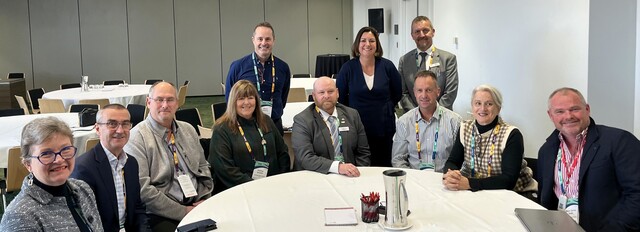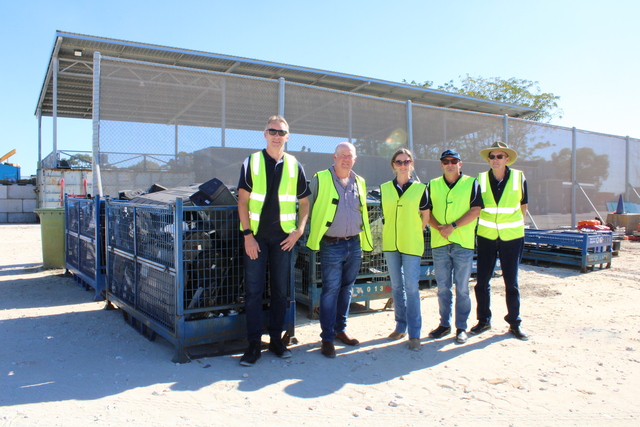In 1998, the Shire of Kojonup and the local Noongar people signed an agreement acknowledging that Aboriginal people are the oldest residents of Kojonup, residing in the area long before white settlers.With ‘The Spring’ recognised as the reason for the town and the Noongar people living in the locality, it was also agreed that this will always be a shared place.
Furthering the spirit of reconciliation, the Federation Project Kodja Place, has seen the Noongar community working with non indigenous residents to ensure only one story will be told, a shared history of the area, rather than two different stories.
Kodja, pronounced ‘korch’ as in torch, is the aboriginal stone axe used extensively in the southwest of WA. Made from local granite, the stone for the axe was a very valuable trading commodity prior to white settlement.Kojonup, meaning ‘place of the stone axe’, was named because of the importance of the Kodja. Only a handful of kodjas are in existence today. One of these will be the centre piece of Kojonup’s new $1.7 million Aboriginal Heritage and Interpretive Centre, Kodja Place.
Now nearing completion, this Centre will present a story of coexistence between Aboriginal and European settlers. Using the theme of ‘rural experience’, a series of interactive displays will explore the connection between the land and the people, highlighting landuse and societal changes in the move from bush to rural farming.
The Centre will also be home for the Kojonup Tourist Association and include work space for the Kojonup Aboriginal Corporation to develop produce for the tourist market. Up to 12 new jobs will be created at the Centre.
The design of the new Centre replicates the axe when viewed from above. Featuring local granite and rammed earth, it has three distinct areas – a visitor information/tourist lounge area, a display area, and a linear gallery connecting the two.
The linear gallery will be a journey through changes to the local landscape from before white settlement to modern day. Covering themes that depict life over the past 100 years, interactive displays will include an operating pub modelled on yesteryear and adorned with local sporting memorabilia, a replica hut from the Aboriginal town reserve closed in the 1970s, a shearing shed and silo, a 1966 Holden ute, and half a school bus. Other displays will tell the stories of multicultural life, town life, bush fires and the bush.
Community meeting spaces, an area for travelling exhibitions, barbecue and cafe areas are also included.
Outside the building an area has been cleared for a large rose maze comprising over 1,500 Australian bred varieties. The maze will have an interpretive aspect presenting the stories of three fictional women over ten decades – one Noongar, one Italian and one British. The stories will be built into the maze through plaques on benches, mosaics in the pathways and woodcarvings.
Running east of Kodja Place is the Kodja Trail which follows the old railway reserve. The Noongar community will run bush tucker tours based on flora planted along the Trail.
Prominently located on the Albany Highway in the heart of town, Kodja Place will be the centrepiece of tourism and cultural activities in the Shire. A fitting tribute to the people of Kojonup over our first century following Federation, it will be officially opened in December.







